
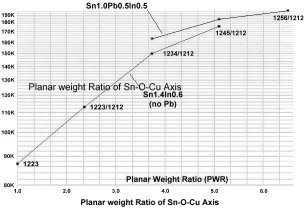


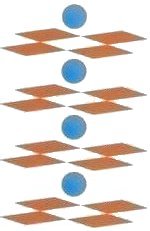
|
In the mid 1990's Howard Blackstead of Notre Dame and John Dow of Arizona State University, postulated that oxygen located in the "chain layer" of a crystal lattice was being compressed into a metallic superconducting state.[1]
To quote: "Experimental evidence indicates that the holes of the hypocharged oxygen in the charge-reservoir regions contribute primarily to the superconductivity, contrary to most current models of high- temperature superconductivity, which are based on superconductivity originating in the cuprate-planes. The data suggest that a successful theory of high-temperature superconductivity will be BCS-like and will pair holes through the polarization field, perhaps electronic as well as vibrational polarization." Blackstead and Dow's argument is compelling when viewed alongside what has been discovered through the application of planar weight disparity. |
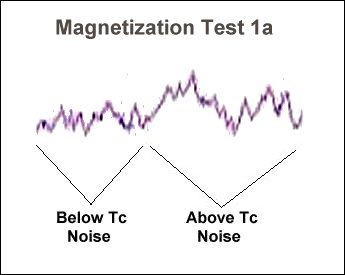
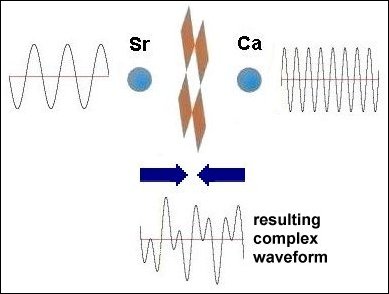
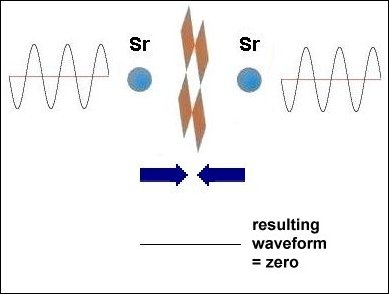
E. Joe Eck
© 2013 Superconductors.ORG
All rights reserved.
 BACK to "News" page at Superconductors.ORG
BACK to "News" page at Superconductors.ORG